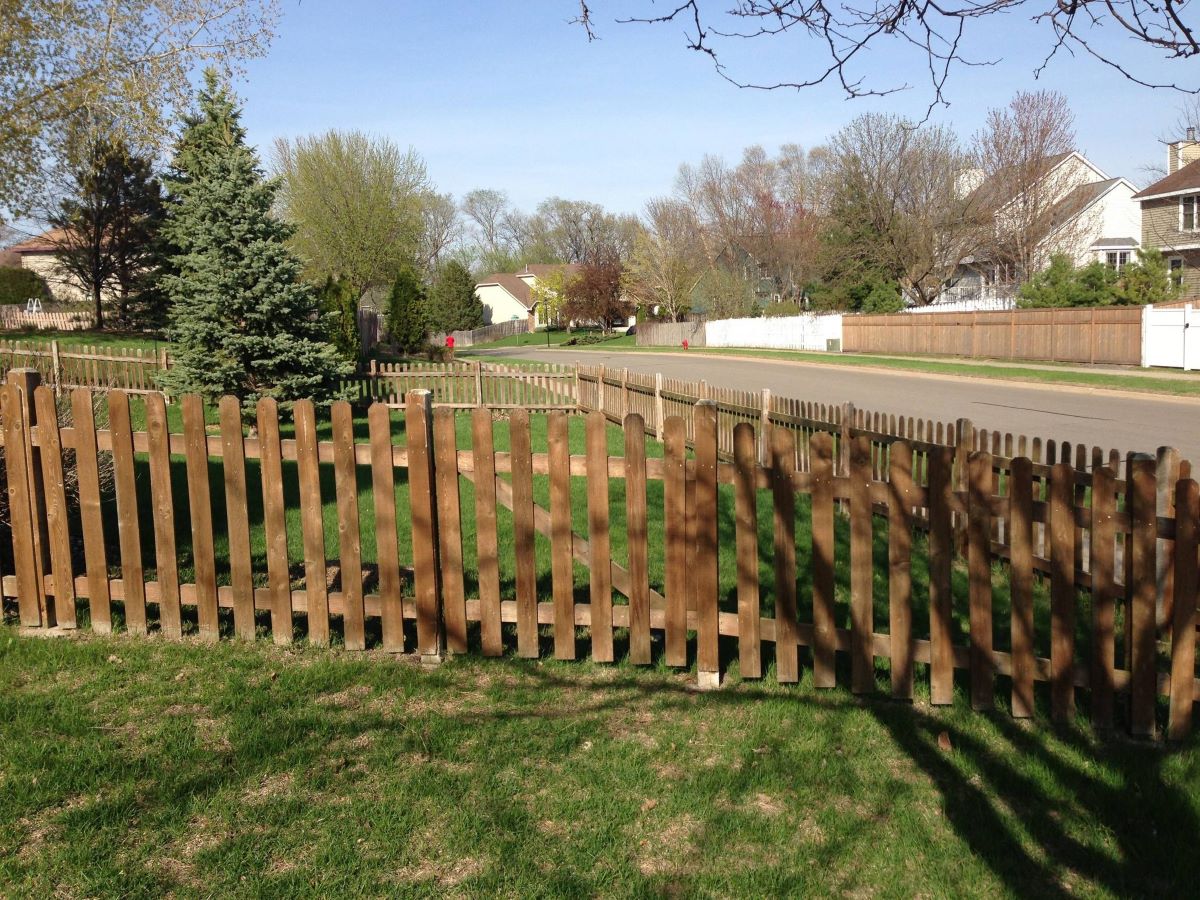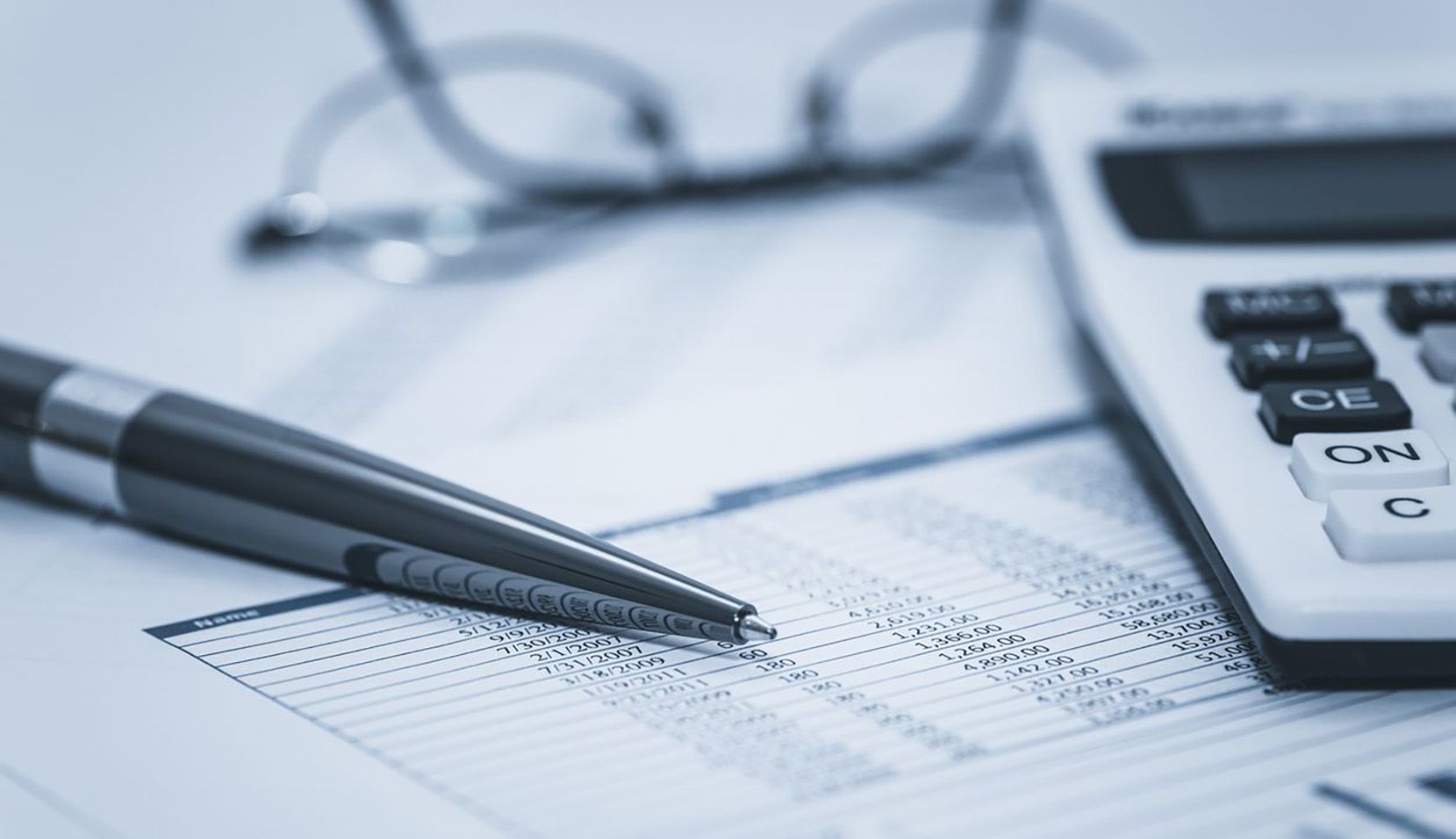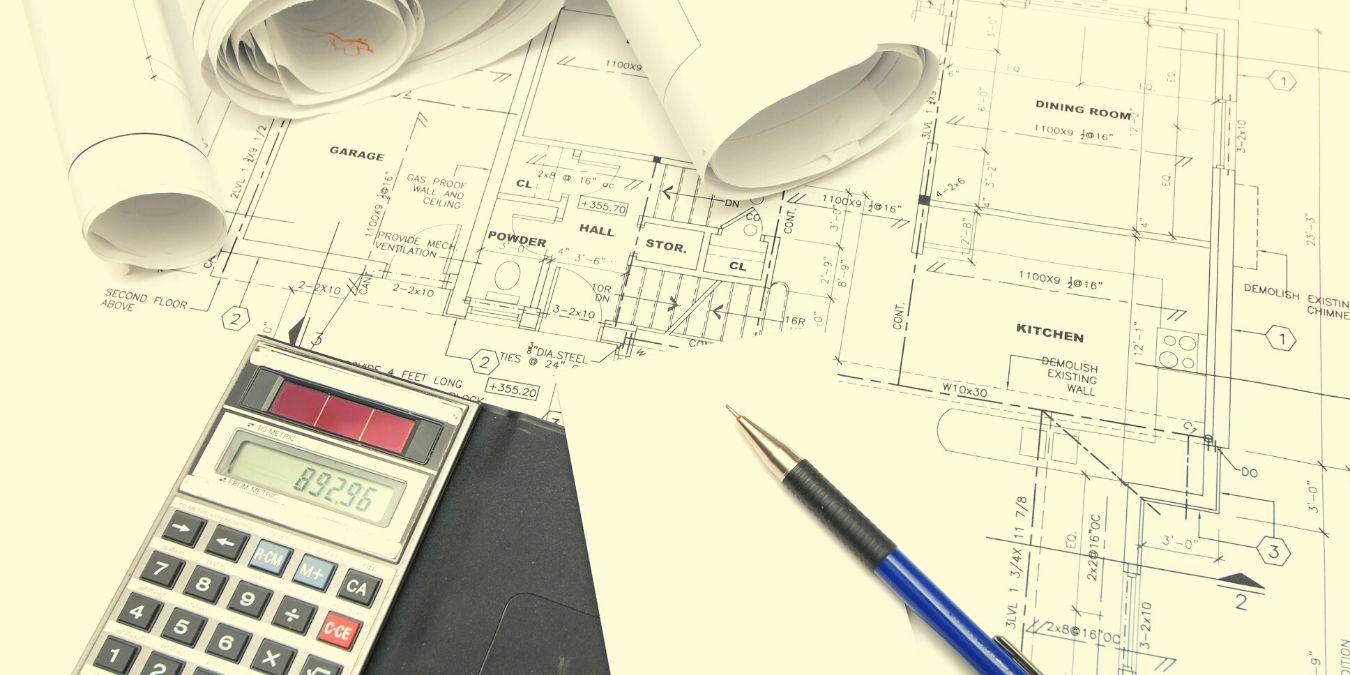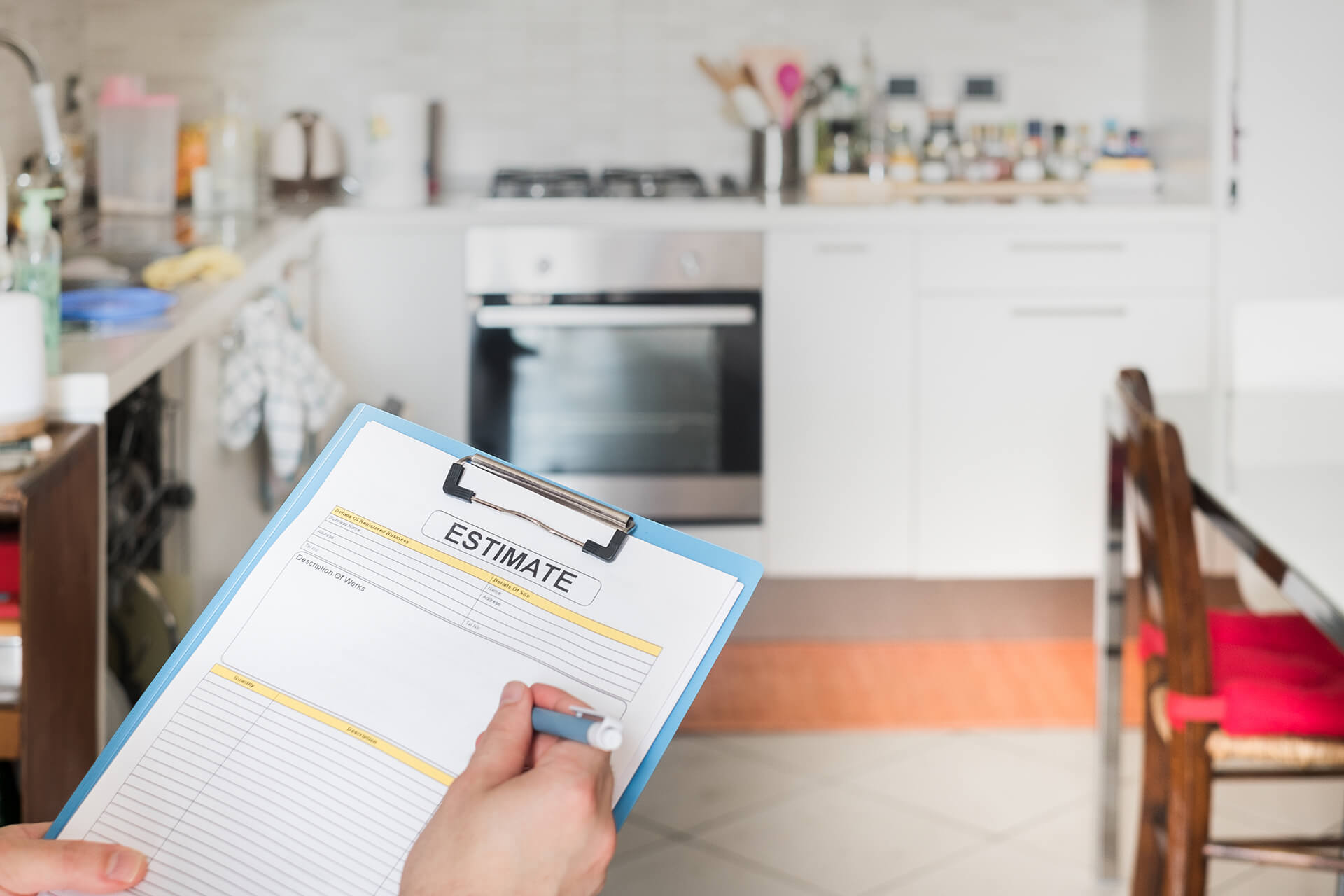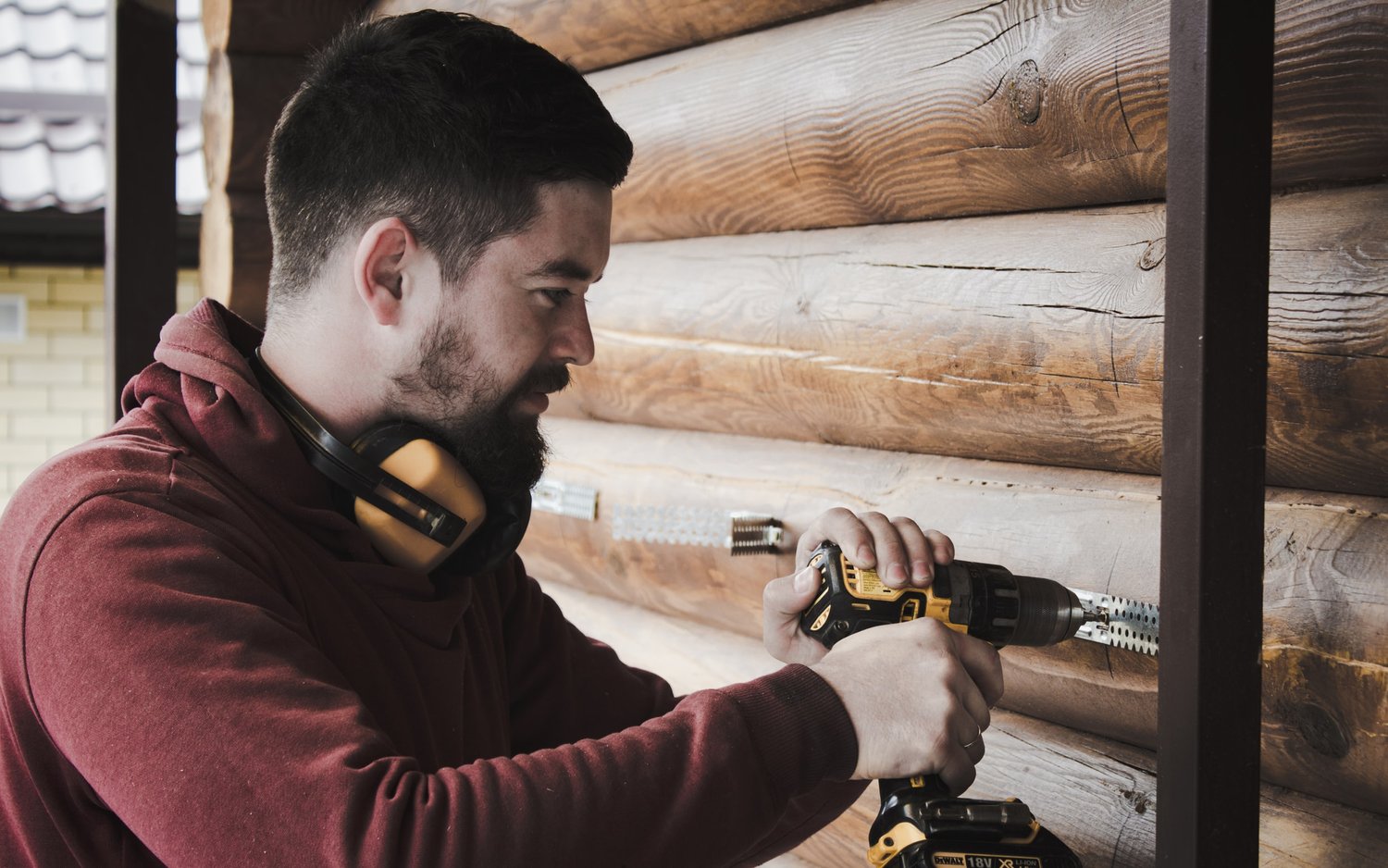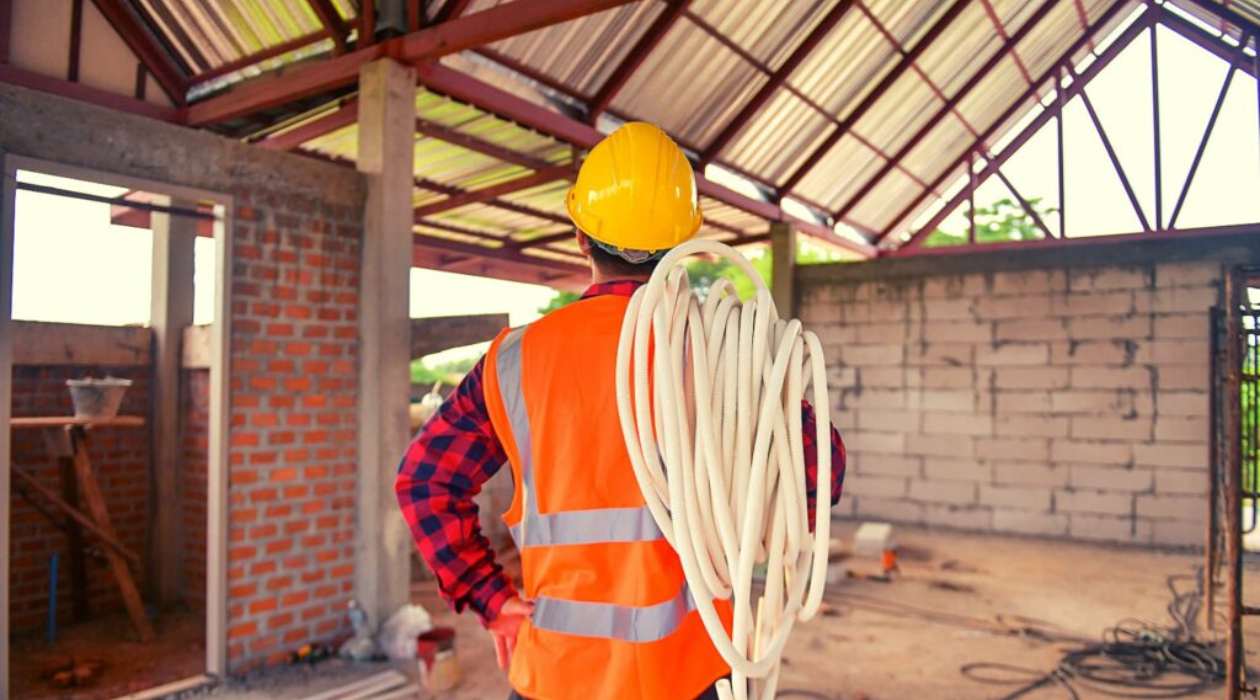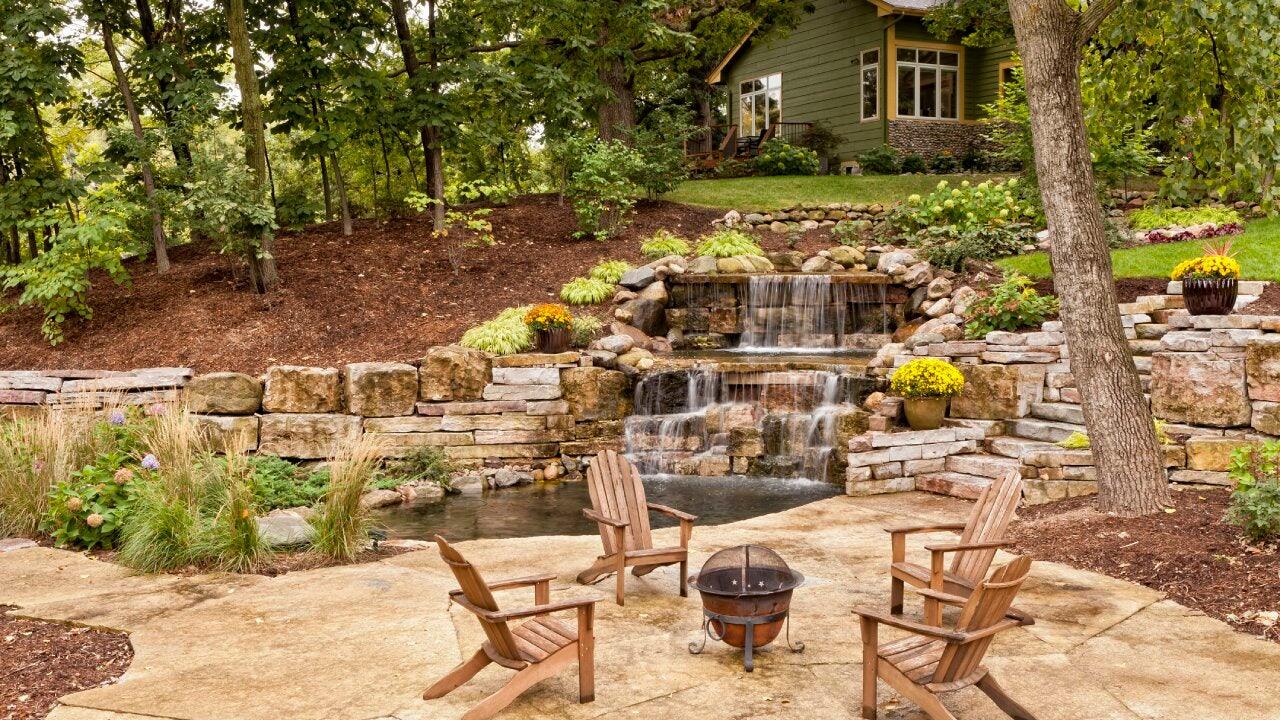Home>Home Maintenance>How To Estimate Foreclosure Home Repair
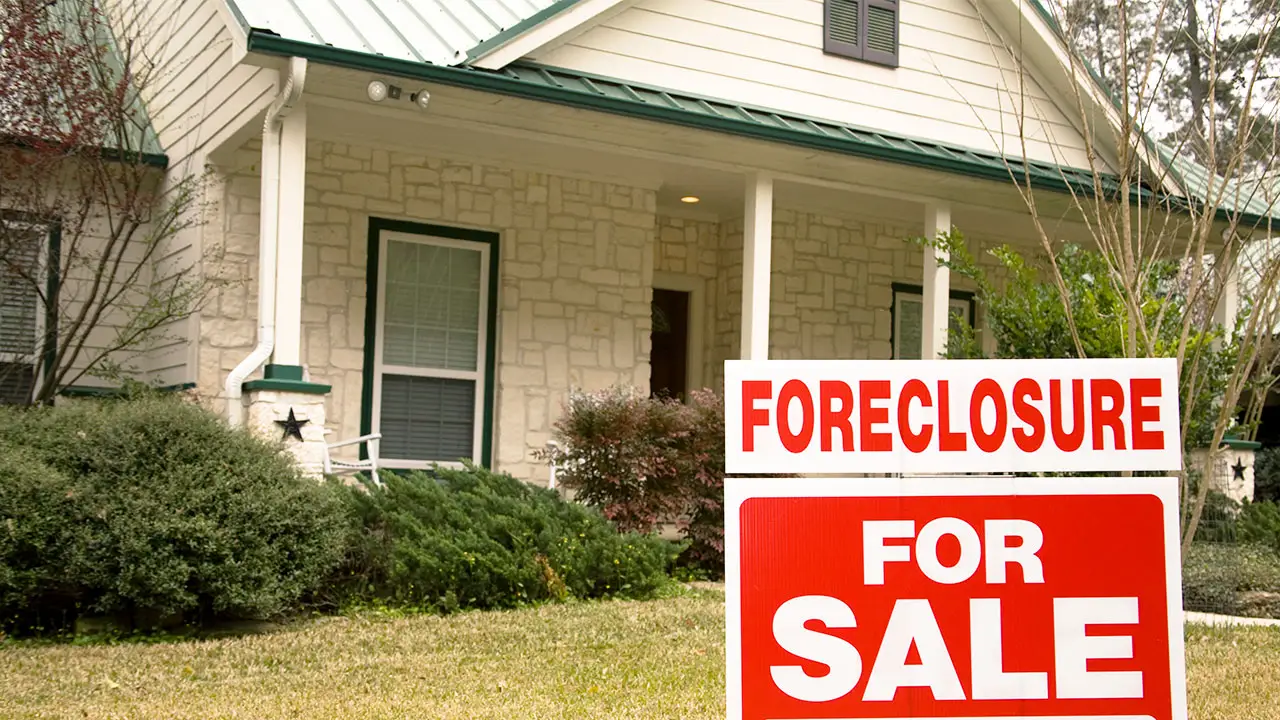

Home Maintenance
How To Estimate Foreclosure Home Repair
Modified: August 27, 2024
Learn how to estimate foreclosure home repair costs and budget for necessary home maintenance projects.
(Many of the links in this article redirect to a specific reviewed product. Your purchase of these products through affiliate links helps to generate commission for Storables.com, at no extra cost. Learn more)
Introduction
Foreclosure homes can be a great investment opportunity for those looking to buy a property at a lower price. However, these homes often require extensive repairs and renovations before they can be deemed livable. Before diving into a foreclosure home purchase, it’s crucial to estimate the cost of repairs to ensure you’re making a sound financial decision.
In this article, we’ll walk you through a step-by-step process on how to estimate the repairs needed for a foreclosure home. By following these steps, you’ll be able to accurately assess the extent of repairs required and budget accordingly. Let’s get started!
Key Takeaways:
- Assess the property thoroughly to understand the extent of repairs needed, including structural, interior, and exterior aspects. Factor in additional costs like permits and contingencies for a realistic budget.
- Calculate the total repair estimate by adding up all individual costs and leaving room for potential overruns. This will help make an informed decision about the financial viability of the investment.
Read more: How To Estimate Plumbing Costs
Step 1: Assessing the Property
The first step in estimating the repairs for a foreclosure home is to thoroughly assess the property. This involves conducting a detailed inspection to identify any visible damages or potential hidden issues.
Start by evaluating the general condition of the property. Look for signs of water damage, mold, pest infestation, or structural problems. Inspect the walls, floors, and ceilings for cracks, stains, or sagging. Check the windows, doors, and roof for any signs of wear and tear.
It’s also important to examine the plumbing and electrical systems. Check for leaks, faulty wiring, or outdated fixtures. Assess the heating and cooling systems as well.
Additionally, consider the age of the property and its major components. Older homes may require more repairs and updates compared to newer ones. Take note of any outdated appliances or systems that might need replacement.
For a more comprehensive assessment, you may want to consider hiring a professional home inspector or contractor. They can provide a detailed report on the property’s condition, which can help you identify any hidden repair needs.
Keep in mind that the extent of repairs needed may vary from one foreclosure property to another. Some properties may be in relatively good condition and require minimal repairs, while others may have significant damage that needs immediate attention.
By thoroughly assessing the property, you’ll have a clearer understanding of the level of repairs required, enabling you to proceed with the estimation process more effectively.
Step 2: Evaluating Structural Repairs
Once you’ve assessed the overall condition of the foreclosure property, the next step is to evaluate any structural repairs that may be necessary. These repairs are crucial as they directly affect the stability and safety of the home.
Start by examining the foundation and structure of the property. Look for any cracks, shifting, or signs of weakening. Foundation issues can lead to major structural problems if left unaddressed.
Inspect the walls for any signs of structural damage, such as bulging, leaning, or bowing. These issues may indicate problems with the load-bearing walls or the overall structural integrity of the property.
Check the roof for any damage or leaks. A damaged roof can lead to water intrusion, which can further deteriorate the structure and cause additional problems inside the house.
It’s important to prioritize structural repairs as they can be costly and time-consuming. Ignoring or delaying these repairs can jeopardize the safety and value of the property.
Consider consulting with a structural engineer or a qualified contractor to assess the extent of the structural damage. They can provide expert advice and recommendations on the repairs needed, ensuring that the structural integrity of the property is restored.
Keep in mind that structural repairs may require permits and compliance with local building codes and regulations. Make sure to factor in any additional costs and potential delays that may arise during the repair process.
By evaluating and addressing any necessary structural repairs, you can ensure the long-term stability and value of the foreclosure property.
Step 3: Estimating Interior Renovations
After evaluating the structural repairs needed for the foreclosure property, it’s time to estimate the cost of interior renovations. This step involves assessing the condition and functionality of the interior elements of the home.
Start by evaluating the state of the walls, ceilings, and flooring. Determine if any repairs, such as patching holes, fixing cracks, or replacing damaged flooring, are necessary. Take note of the type of materials needed for the repairs and estimate the cost accordingly.
Assess the condition of the kitchen and bathroom. Look for outdated fixtures, cabinets, and appliances that may need to be replaced. Consider the cost of installing new countertops, sinks, faucets, and other necessary upgrades.
Consider the condition of the electrical and plumbing systems within the property. Determine if any rewiring, upgrading, or repairs are needed. Factor in the cost of hiring professionals to carry out these tasks if necessary.
Take note of the overall cosmetic aspects of the property. Evaluate the condition of the paint, wallpaper, and trim. Decide if a fresh coat of paint or updating the existing finishes will be necessary.
Additionally, consider the size and layout of the rooms. Determine if any structural changes or modifications are required to improve the functionality and flow of the space. This may include removing or adding walls, relocating doors or windows, or creating additional storage options.
It’s vital to set a realistic budget for interior renovations based on the extent of repairs needed and the desired level of updates. Research the current prices of materials, fixtures, and appliances to ensure accuracy in your estimations.
Consulting with a contractor or interior designer can provide valuable insights and advice on the estimated cost of interior renovations. They can help you prioritize the necessary updates and recommend cost-effective alternatives without compromising the overall quality and value of the property.
By estimating the cost of interior renovations, you’ll have a clearer understanding of the investment required to transform the foreclosure property into a livable and visually appealing space.
When estimating foreclosure home repair costs, be sure to thoroughly inspect the property for any structural damage, water damage, and necessary cosmetic repairs. Get multiple quotes from contractors and factor in the cost of materials to get an accurate estimate.
Step 4: Estimating Exterior Renovations
In the process of estimating repairs for a foreclosure home, it’s essential to evaluate the cost of exterior renovations. The exterior of the property not only affects its curb appeal but also protects it from the elements and enhances its overall value.
Start by assessing the condition of the roof. Determine if a complete replacement or repairs are necessary. Consider the type of roofing material needed and factor in the cost of hiring professionals for installation or repairs.
Inspect the siding or exterior cladding of the property. Look for any signs of damage or decay, such as cracks, rot, or missing pieces. Depending on the extent of the damage, you may need to replace sections or the entire exterior cladding. Take into account the cost of materials, labor, and any necessary permits when estimating the renovation expenses.
Check the condition of the doors and windows. Determine if they need to be repaired or replaced. Consider the cost of energy-efficient doors and windows, which can provide long-term savings on energy bills.
Evaluate the condition of the driveway and walkways. Look for cracks, potholes, or uneven surfaces that may need repair. Consider the cost of resurfacing or repaving these areas to improve accessibility and aesthetics.
Assess the landscaping and outdoor areas of the property. Determine if any tree removal, pruning, or lawn care is required. Decide if adding or updating landscaping features such as flower beds, trees, or hardscaping elements will enhance the property’s overall appeal.
Consider the cost of exterior lighting fixtures, as well as any necessary repairs or replacements. Outdoor lighting can improve the safety and security of the property while adding a touch of elegance to the overall design.
Consulting with a landscaping professional or contractor can provide valuable insights and help you estimate the cost of exterior renovations more accurately. They can offer recommendations on cost-effective materials and design options that will enhance the visual appeal of the property.
By estimating the cost of exterior renovations, you’ll have a better understanding of the investment required to improve the overall look and functionality of the foreclosure property.
Step 5: Factoring in Additional Costs
When estimating the repairs for a foreclosure home, it’s important to factor in additional costs that may arise during the renovation process. These costs can significantly impact your budget, so it’s essential to be prepared.
One additional cost to consider is permit fees. Depending on the scope of the repairs and renovations, you may need permits from local authorities. Research the permit requirements in your area and include the associated fees in your overall estimation.
Unexpected repairs or issues may arise during the renovation process. It’s wise to allocate a contingency fund to cover any unforeseen expenses. This will provide you with a financial buffer to handle unexpected repairs or changes in the scope of work.
Time is money, and renovation projects can often take longer than initially anticipated. It’s important to account for any potential delays in the project timeline. Consider the cost of temporary housing or additional carrying costs if the renovation is expected to extend beyond your planned timeframe.
If you plan to hire contractors, architects, or interior designers, include their fees in your estimation. Obtain multiple quotes to ensure you’re getting competitive pricing and consider their experience and reputation when making your decision.
Don’t forget to factor in the cost of building materials and supplies. Research the current market prices and account for any fluctuations that may occur. It’s also a good idea to budget for any equipment rentals or specialty tools that may be required during the renovation process.
Finally, consider the cost of insurance for your renovated property. Speak with your insurance provider to determine if there will be any changes in your coverage or premiums once the renovations are complete.
By factoring in these additional costs, you’ll have a more accurate estimation of the total investment required for the foreclosure home repairs. This will allow you to plan your budget effectively and avoid any financial surprises along the way.
Step 6: Calculating Total Repair Estimate
Now that you’ve completed the individual assessments and estimations for each aspect of the foreclosure home repairs, it’s time to calculate the total repair estimate. This step involves adding up the costs from the previous steps to get an overall budget for the renovation project.
Start by listing all the individual repair costs from the assessments you’ve done. Include costs for structural repairs, interior renovations, exterior renovations, and any additional expenses factored in earlier such as permit fees and contingency funds.
Add up the costs for each category, ensuring that you have accounted for all necessary repairs and renovations. Take into consideration any potential overlapping costs and make adjustments accordingly.
Consider if there are any additional projects or upgrades you may want to include in your renovation plan. This could range from cosmetic enhancements such as upgrading fixtures or appliances to more significant alterations, like expanding rooms or adding a new bathroom.
Once you have a comprehensive list of all the estimated costs, total them up to get the overall repair estimate for the foreclosure property. This total will give you a clear idea of the financial commitment required to bring the property up to your desired standards.
Keep in mind that the repair estimate is just an estimation and can vary depending on various factors such as the size of the property, the quality of materials chosen, and any unforeseen issues that may arise during the renovation process.
It is always prudent to leave some wiggle room in your budget for potential cost overruns or unexpected expenses. This will provide you with a financial cushion and mitigate any financial stress that may arise during the renovation process.
By calculating the total repair estimate, you’ll have a clear understanding of the total investment required for the foreclosure property repairs. This will help you make an informed decision about whether or not the investment is financially viable for you.
Conclusion
Estimating the repairs for a foreclosure home is a crucial step in making an informed investment decision. By following the steps outlined in this article, you can assess the condition of the property, evaluate necessary repairs, and create an accurate estimate of the overall costs involved.
Starting with a thorough assessment of the property’s condition, including structural evaluations and interior renovations, allows you to identify the extent of repairs needed. Factoring in additional costs such as permits, contingencies, and contractor fees ensures you have a realistic budget for the renovation project.
By calculating the total repair estimate, you’ll have a clear understanding of the financial commitment required to bring the foreclosure property up to your desired standard. This knowledge will empower you to make an informed decision on whether the investment aligns with your budget and goals.
Remember, it’s essential to strike a balance between addressing necessary repairs and renovations while also considering your available resources and financial constraints. Prioritize repairs that are critical to the safety and integrity of the property, and be realistic about your renovation goals within your budgetary limitations.
If you’re unsure about any aspect of the estimation process or need further guidance, consider consulting with professionals such as contractors, home inspectors, or renovation experts. Their expertise can provide valuable insights and assistance in creating a more accurate estimation of the repair costs.
Ultimately, estimating the repairs for a foreclosure home allows you to make an informed decision and proceed with confidence in your investment. With thorough assessments, careful calculations, and a well-planned budget, you can turn a distressed property into a valuable and comfortable home.
Frequently Asked Questions about How To Estimate Foreclosure Home Repair
Was this page helpful?
At Storables.com, we guarantee accurate and reliable information. Our content, validated by Expert Board Contributors, is crafted following stringent Editorial Policies. We're committed to providing you with well-researched, expert-backed insights for all your informational needs.
